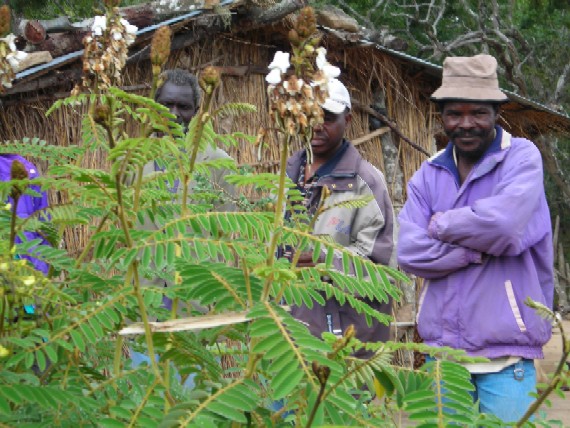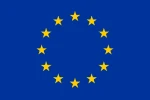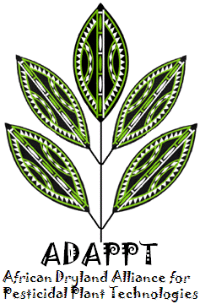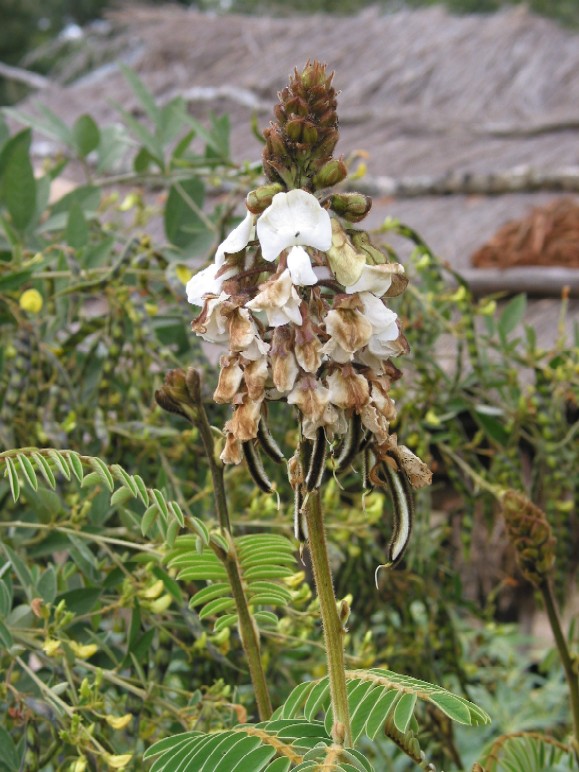Leguminosae
General
Fact sheet about Tephrosia vogelii
ADAPPT fact sheet - under revision
T. vogelii is probably introduced and not native anywhere in Africa. It is widespread in tropical Africa from Sierra Leone and Ethiopia southwards to Angola, the Flora Zambesiaca area and the Comoro Islands; also from Assam to Indonesia. The species has been extensively cultivated and found near cultivated land for use as a fish poison and is clearly introduced in many of its present localities so that the extent of its native area is now obscured. It is a shrubby plant used as a fallow plant to improve soil fertility and to reduce erosion, particularly in higher areas. A related species, T. candida is widespread in parts of Asia, e.g. in Vietnam where it is used as a green manure and cover crop. Tephrosia spp. may grow as rapidly as 2-3 metres in 7 months. T. vogelii, after 5 months of growth, produces about 27-50 tonnes of green material per hectare. This is equivalent to about 110 kg of nitrogen. Plants can be planted as a hedgerow at a distance of 1 metre. Leaves of T. vogelii contain at least 4 insecticidal compounds collectively known as rotenoids. It has been reported that the mature leaves of T. vogelii contain 80-90% rotenoids. In other Tephrosia species, flavonoid compounds are found and these are also known to have profound effects on insect development and behaviour. The highest concentration of the active compounds are found in the leaves.

It is a shrub 1–3(4) m high, usually much branched and bushy. Stems brown tomentose with long flexuous hairs intermixed among shorter and denser spreading hairs. Leaves with (6)8–13(15) pairs of leaflets; petiole 9–28 mm long, petiole and rachis together (9)11–22(27) cm long, tomentose like the stem; leaflets 2.5–5.5(7.5) × (0.6)0.9–1.7(2.3) cm, elliptic-oblong to oblanceolate, rounded to cuneate at the base, rounded to emarginate at the apex, slightly mucronate, the upper surface rather thinly appressed-pubescent, the lower surface densely appressed-pubescent; stipules 11–20 × 2.5–4.5 mm, narrowly triangular or sometimes markedly falcate, soon falling. Flowers in dense heads up to 10(20 in fruit) cm, or the lowermost sometimes somewhat remote; bracts up to 16 × 13 mm, broadly ovate-acuminate to suborbicular-acuminate, brown or greyish tomentose, conspicuous at bud stage but soon falling as flowers open; pedicels 14–26 mm long, brown tomentose. Calyx 14–20(24) mm long, brown or greyish tomentose; upper and lateral teeth about twice as long as the tube, oblong, ± truncate at the apex, the lower tooth about 1.5 times as long as the lateral, strongly grooved and upwardly curved distally into a keel-like shape. Petals white, rarely the standard purple; standard 24–30(34) mm long, truncate to strongly cordate at the base, the wings and keel petals somewhat shorter. Upper stamen loosely attached to, and easily detachable from, the adjacent stamens about the middle of the filament. Ovary tomentose; style pubescent. Pods 9–14.5 × 1.3–1.7 cm, light brown lanate-tomentose. Seeds numerous (more than 15), 6–8 × 4–4.5 × 2–2.5 mm, black, smooth, with a well developed white U-shaped aril c.2 mm long.

Plant parts with insect-controlling properties
leaves, roots
Mode of action
Antifeedant, insecticidal, acaricidal, ovicidal, fish poison, Contact and stomach poison
Target organisms
a range of field pests and for general stored product protection
Preparation and application
Take fresh leaves of Tephrosia vogelii and dry them. Grind the dried leaves into a powder. Mix 100 g of powder with 100 kg of maize to control maize weevils and the larger grain borer. In beans it can control bean bruchids. The control effect lasts about 3 months. After that time new Tephrosia powder has to be added.
In experiments in Zambia, Tephrosia leaf powder admixed at a rate of 0.1% (w/w) with cowpea seeds proved highly effective in controlling the bruchid, Callosobruchus rhodesianus, which is an important pest on cowpea seeds. This treatment was more potent than the officially recommended Malathion. Germination was between 46 and 63% compared with 4.2 and 0% of Malathion. However, it is recommended to establish the safety of the treated seeds for human consumption.






